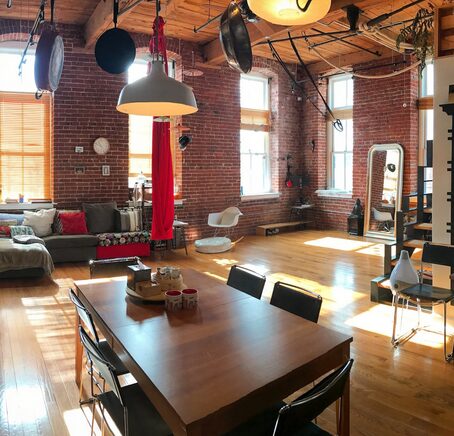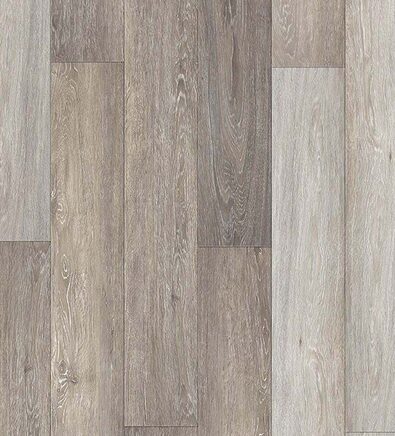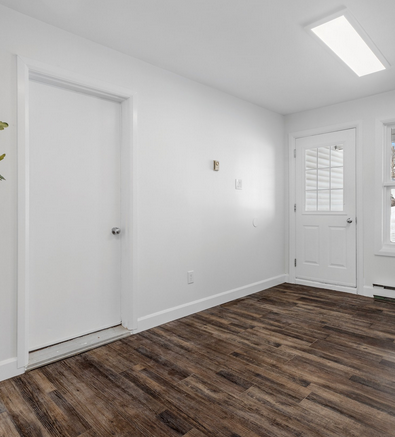Laminate
Laminate flooring offers the look of hardwood at a lower cost, with easy installation and low maintenance. Pros include affordability and scratch resistance, while cons include a plastic appearance and vulnerability to water damage. It’s practical for high-traffic areas and homes with children and pets.
Laminate flooring is a synthetic flooring material that is designed to look like natural materials such as hardwood or stone. It consists of several layers, including a high-density fiberboard core, a photographic layer that mimics the look of real wood or stone, and a clear protective layer.
One of the main benefits of laminate flooring is its affordability. It can be much less expensive than natural materials such as hardwood or stone, making it a popular choice for budget-conscious homeowners. Additionally, laminate flooring is relatively easy to install, as many types come in a click-and-lock system that can be installed without the need for adhesives.
Laminate flooring is also durable and easy to maintain. It’s resistant to scratches, stains, and fading, making it ideal for high-traffic areas such as entryways and kitchens. Laminate flooring is also moisture-resistant, making it a good choice for areas such as bathrooms and basements.
One potential drawback of laminate flooring is its inability to be refinished. Unlike hardwood flooring, which can be sanded and refinished multiple times over its lifetime, laminate flooring cannot be refinished and must be replaced once it becomes worn or damaged.
Practical uses for laminate flooring include areas that experience high traffic, as well as areas where moisture may be a concern. It’s also a popular choice for rental properties and other spaces where affordability and ease of maintenance are important factors. When selecting laminate flooring, factors such as the thickness of the flooring, the AC rating, and the design should be taken into consideration to ensure it meets the needs of the space and its occupants.



